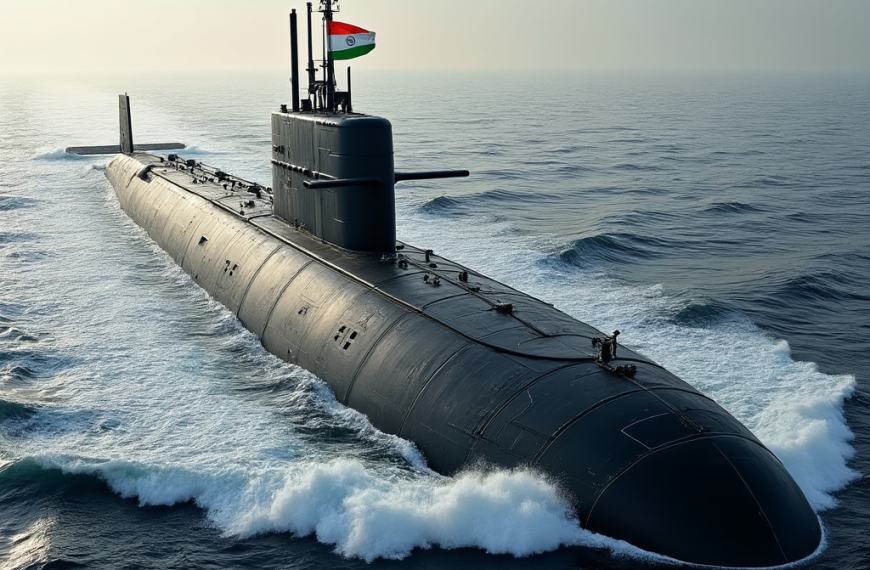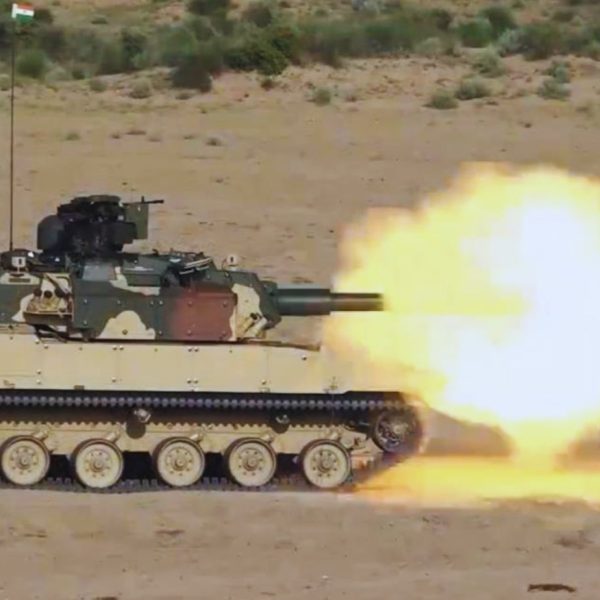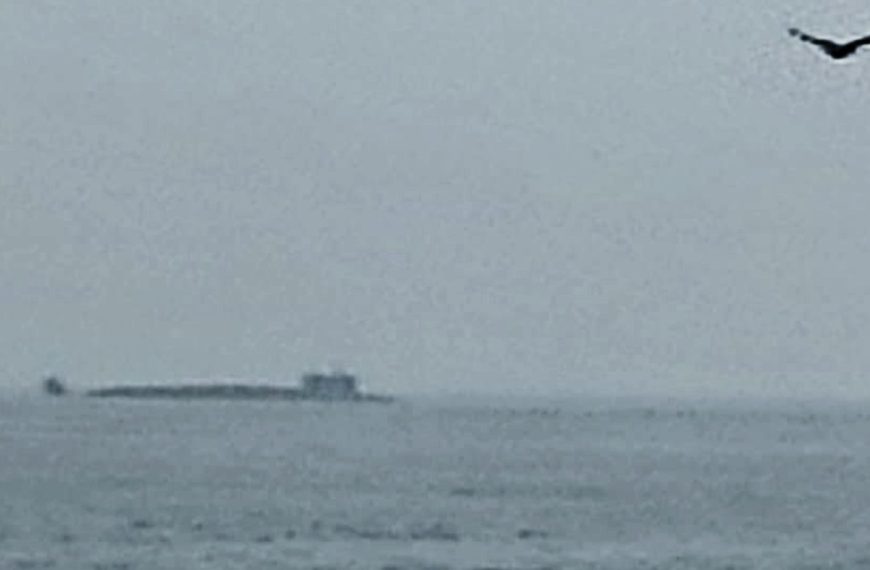Latest Posts
India Inducts 2nd Homegrown Boomer Arighaat
Photo via Sandeep Unnithan India today formally commissioned into service its second nuclear-powered ballistic missile submarine (SSBN) INS Arighaat — Sanskrit for destroyer of enemies […]
Countershot Over India’s Latest Rifle Import
India’s latest contract to import American-built Sig Sauer Inc. SIG716 rifles has triggered heat and a debate over whether this is representative of all that […]
Indian Firearms CEO Fires At Rifle Import Move
India’s military modernisation effort is a road riddled with depressions and disappointments, a path so full of dark irony and paradoxes, it would send the […]
Improved Tejas Mk1A Is Finally In The Air
The hugely anticipated first flight of an improved version of India’s Tejas fighter took place today in Bengaluru. The 18-minute flight of the first Tejas […]








